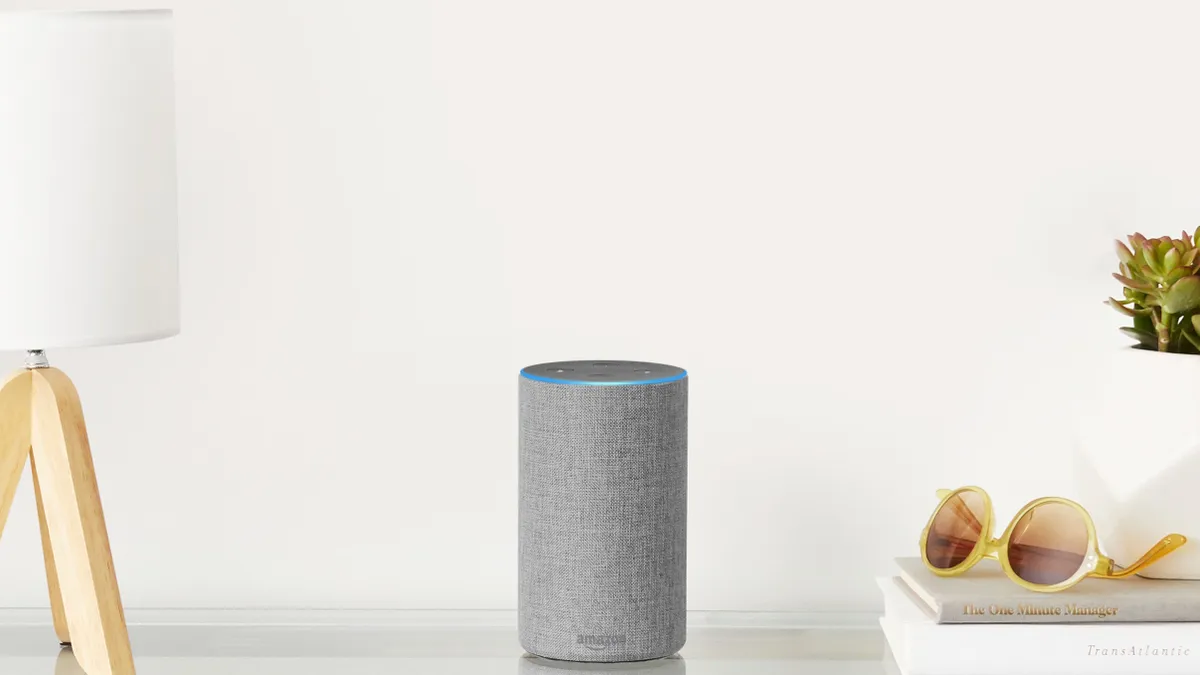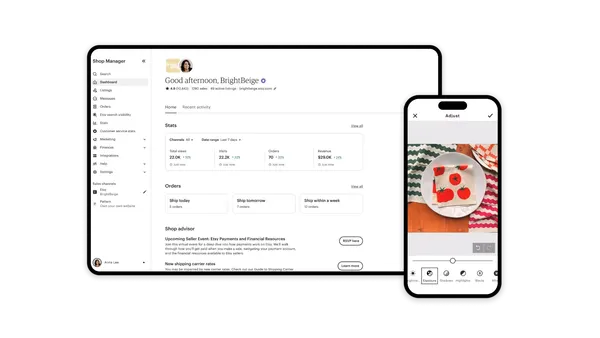Dive Brief:
-
Out of the 27% of American consumers who owned voice-enabled devices last year, 28% of them used the technology to make purchases. This year, 31% of consumers have voice-enabled devices, and 31% of them use the technology to buy goods, according to a new Visa-sponsored PYMNTS.com report emailed to Retail Dive. Ownership of voice-enabled devices has more than doubled in three years, per the report.
-
The report suggests that consumers are using voice-enabled devices during a variety of activities. In 2019, 9% of consumers used voice technology while watching TV, 8.5% used the technology while house cleaning, 7.7% used it while shopping, 7.5% use it while buying groceries, and 7.6% used it while having dinner, per the report.
-
The report also found growing consumer interest in contactless cards. In 2019, 68.7% of respondents said they're interested in contactless cards because of their convenience, 69% said they're faster than inserting chip cards and 43.2% said they were more secure, according to the report.
Dive Insight:
The report suggests that voice-activated and voice-enabled devices will play a growing role in e-commerce. Last year, an eMarketer report predicted that voice commerce through smart speakers would reach $2.1 billion in 2018, and 74.2 million U.S. consumers were expected to use smart speakers at least once per month in 2019. Meanwhile, Amazon's Echo Dot reportedly was the e-commerce giant's top-selling product globally during last year's holiday season.
Though consumers are interested in voice-enabled and voice-activated gadgets, they're far from replacing brick-and-mortar shopping trips. Using voice technology to order groceries has a way to go before it can offer shoppers a seamless experience, according to analysts. As the PYMTS.com report points out, 84% of consumers bought their groceries at physical stores in 2019.
Meanwhile, the report makes a case for why retailers may consider adopting contactless payments for their businesses. Though contactless payments may be a tough feature for retailers to adopt, previous research from RBR suggests that card-based payments will decline as more users choose contactless payments.











